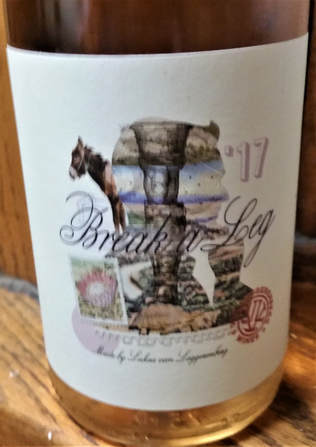
Van Loggerenberg Break-A-Leg Paarl Cinsault Blanc de Noir 2017 is supposed to be a "blanc de noir" but the color is a light pink as in a rose. BUT calling this a blanc de noir is totally accurate. This drinks like a white wine.
We've had Cinsaults that were blanc de noir before. Likewise with Pinot Noir and possibly a few other red wine grapes.
This wine has minerality, a light earthiness that mixes with a bracing acidity. It reminds of some Northern Italian whites--at least that was my first impression. There is a bit of citrus blossom--just a hint, like being in an orange grove when it is flowering and taking a deep breath (admittedly a situation most folks won't find themselves in). The citrus fruit here is a very much the exotic sort--a tangelo or something rather than a run of the mill orange. There is a little bit of pith lurking here especially on the finish. If you let the wine warm up the pith comes out even more. I'd add a bit of under ripe apple to the mix here too (not green apple though). There is a tiny hint of oxidation.
I liked this wine so much I grabbed a second bottle. As if often the case my second impression was a little different; it had more fruit than i remembered (a little more, still far from fruity). These sorts of differences in perception might be from what I was eating or not eating at the time. Impressions can vary from time to time even when the wine doesn't.
This wine spends nine months on old oak (no wood is really noticeable). This is a lovely, unique wine for well under $20. It is regrettable it might be difficult to find.
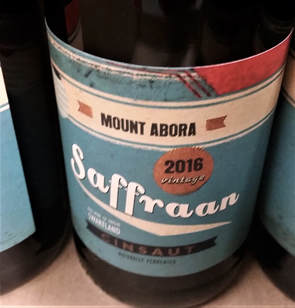
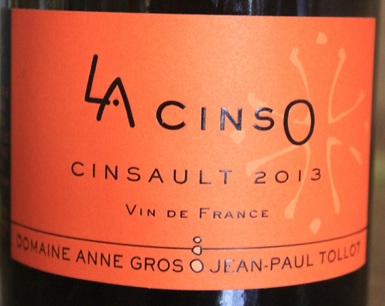
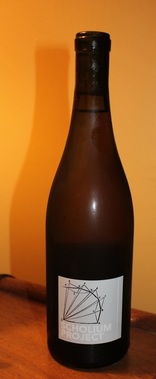
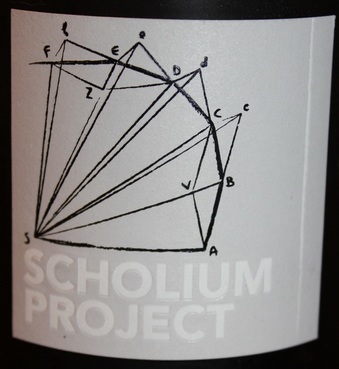
 RSS Feed
RSS Feed